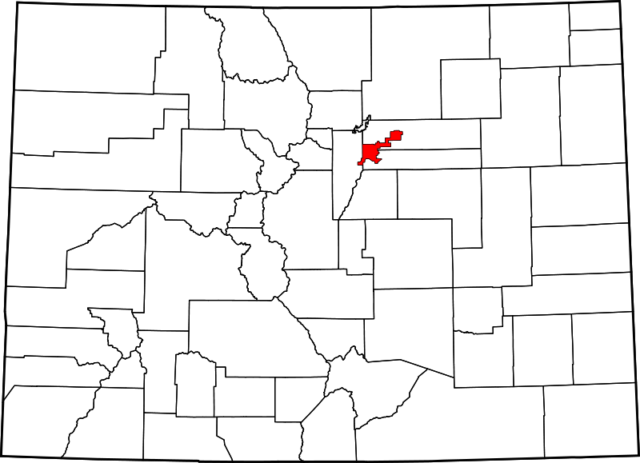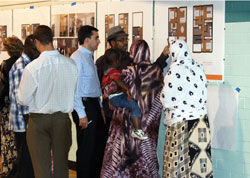In 2012, Denver received the National Award for Smart Growth Achievement for turning a historic district into a complete neighborhood that preserves affordable housing and provides easy access to downtown. The transformation was possible through extensive community engagement.

In 2009, the Denver Housing Authority (DHA) began the redevelopment of a 17.5-acre public housing site in the historic La Alma/Lincoln Park neighborhood. This area is home to a diverse group of residents that participate in neighborhood events and enjoy nearby amenities as well as close proximity to public transit.
Partnering with community groups like the City of Denver and other stakeholders, DHA led an ambitious public engagement process to create the South Lincoln Redevelopment Master Plan. The plan articulates a vision for a neighborhood that preserves existing affordable housing while adding new middle-income and market-rate homes, for a total of about 800 housing units where only 270 existed before.
The plan goes beyond housing to create a complete neighborhood with easy access to downtown Denver via light rail, within walking distance of health care and recreation facilities, and close to the vibrant downtown Art District on Santa F
e.

To develop the master plan, DHA facilitated more than 120 meetings, discussions, group consultations, workshops, and information sessions. Planners conducted door-to-door interviews, translated outreach materials into three languages, facilitated training sessions for affected public housing residents, and conducted surveys, many of which targeted traditionally underrepresented groups such as young people and non-English speakers.
Throughout this process, residents expressed concerns about being priced out of their community as the renovations went forward. DHA responded to these concerns, ensuring residents that public housing residents would not be displaced against their choosing, even during construction.
Health was another main concern for the community. This concern moved the community-led development team to conduct a health impact assessment for the project and partnered with Denver Health, a local public hospital, to assess current conditions and set targets for progress.
The team also partnered with the neighborhood’s Boys and Girls Club to complete a Pedestrian Environmental Quality Index, which determines the site’s walkability and identifies areas that need better pedestrian access. To encourage healthy living through active transportation, the Master Plan adds sidewalks, bicycle lanes, bikeshare stations, secure bike parking in housing units and parking garages, and links between new open spaces and existing parks.
In addition to health concerns, walking, biking, and transit use were prioritized in the housing development process to address environmental concerns like automobile generated pollution. Green building elements were also incorporated which reduce energy consumption by up to 50 percent, with 75 to 80 percent of building rooftops dedicated to renewable energy.
Green infrastructure strategies like bioswales, green roofs, porous pavement, and related flow reduction techniques will reduce stormwater flows into the storm sewers, decreasing contaminated stormwater runoff and helping to improve water filtration into aquifers.
Slated for completion in 2018, this new housing development will provide affordable, transit-accessible homes to residents of all income levels helping residents to live healthier lives. The DHA engaged with the community to ensure that exceptional assets like the neighborhood identity, sense of community and culture are preserved long into the future.
Mariposa District Project – website
Denver Housing Authority Southern Lincoln Redevelopment – website
Downloaded from ResilientWest.org
a project of
Resilient Communities and Watersheds
- Challenges:
- culturalpres
- urbanform
- publichealth
- Land Use:
- mixeduse
- State:
- colorado
- Scale:
- site, neighborhood, community
- Type:
- urban

